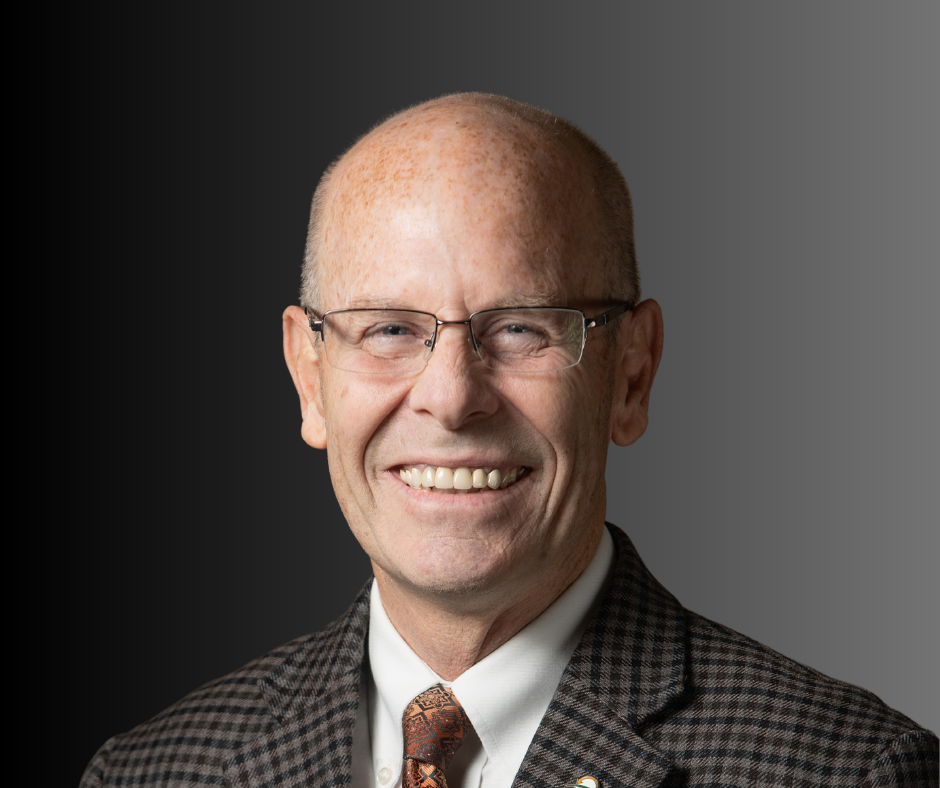Explore Geothermal Power Digital Solutions to Increase Operational Productivity and Longevity Workshop

Geothermal Rising and BiaTech Corporation are partnering on this workshop to seek to answer the question: How do we extend the life of existing geothermal power plants?
If new geothermal plant construction takes 6 to 8 years to site, fund, permit, construct, connect to the grid and commission, the near-term opportunity for geothermal’s unique base-load renewable power is to produce more from plants we have and extend their life. We live in a disposable culture with solar and wind also challenged to extend life versus scrap and replace. How does geothermal disrupt the disposable cultural mindset?
Workshop attendees will be joined the facilitators and speakers for a common purpose:
- Increase geothermal plant productivity and longevity
- Discuss data availability and challenges supporting operational decision making
- Share digital solutions and monitoring innovations
- Bring together those of similar mission and passion for the greater good
- Inform BiaTech’s future product development to build tech the industry needs
Participants will have actionable take aways:
- Understand key geothermal power operating decisions and impact on performance
- Identify areas of focus for your company
- Leave with a prioritized list of questions or data needed to improve site performance
- Build new industry connections and an extended network
The workshop follows Chatham House Rule – participants are free to use the information received, but neither the identity nor the affiliation of the speaker, nor that of any other participant, may be shared. This is intended to bring people together, break down barriers, generate ideas that can help the industry grow and agree on likely solutions.
Congratulations to GR's 2024 New Board of Directors
Geothermal Rising, the global nonprofit association that champions geothermal energy and those who make it possible, announces the results of the 2023 Board of Directors Election. Among the Board are ten women and five men that represent the most diversity of any board in the organization's history in terms of gender, racial, and industry diversity. We look forward to the new leadership and for each Director to bring their own unique skills and expertise to further strengthen the geothermal community.
The following new members have been elected to serve:
Jay Egg, President of Egg Geo, LLC, Direct Use Seat
Cindy Demichel, Ceo and Co-Founder of Celsius Energy, Heat Pump Seat
Robin Zuza, Director of Global Exploration at Ormat Technologies, Inc., At Large Seat
We wish everyone a safe and happy holiday season -- and we look forward to 2024 and the future of Geothermal Rising!

“My strong belief that the know-how, technology and mindset of the energy industry are key to accelerate the energy transition has driven me to found Celsius Energy. The signature of my leadership is the relentless outreach to the entire ecosystem, from policymakers to end-users, bringing the awareness of geoenergy to the highest levels of society in France – and now applying the lessons learned worldwide, with our first large GSHP project under way in Massachusetts.”
“Celsius Energy’s team in the US is strongly linked to SLB’s roots as an energy technology company on one side, and to the wide ecosystem of the building heating and cooling industry on the other. If elected, I will bring these two facets to the GRC board: the strong support of a large industrial group, committed to scaling up all types of geothermal energy in America and beyond, and the enthusiasm and openness of an innovative startup with boots on the ground, where the end users are.”

“For 35 years, I’ve been engaged in the design and application of low-temperature geothermal heating and cooling systems. Serving on the Geothermal Rising board of directors for the last two years has been a remarkable opportunity to give back to the industry and to bring the industry together – from hot geothermal reservoirs to low temperature geothermal exchange. Our vision is for the public to see geothermal as the solution to providing baseload electricity, domestic hot water, & air conditioning and heating of their home and buildings.”
“My desire is to see the geothermal industry united into a cooperative of organizations that are united in the public message of geothermal as a solution to baseload electrical and thermal energy. I have provided years of service in writing building codes, as well as curriculum for the geothermal heat pump industry. Working with Geothermal Rising, we have developed the geothermal heat pump page on the Geothermal Rising website. I will continue these efforts, using the opportunities and influence that come with being on the Board of Directors for Geothermal Rising toward integration the geothermal organization with Geothermal Rising, providing a unification of the geothermal industry.”

“My passion lies in advancing geothermal energy through innovated exploration strategies, technical excellence, and pushing the limits of technology to increase geothermal developments globally. I work with Ormat Technologies, a leader in the industry, where I've witnessed the transformative power of innovation through partnerships with academic and government institutions. I am committed to fostering collaboration with industry partners, academic institution, government agencies, and external industries such as mining to elevate the geothermal sector. I believe we will accelerate geothermal and the positive impacts it brings by learning from each other and standing together.”
As a leader in one of the largest geothermal developers globally, I bring a track record of success in bringing online new megawatts and contributing to the growth in baseload renewable energy. My experience as an operator/developer working in multiple markets globally will enhance the board's ability to support the industry. I am honored at the prospect of helping Geothermal Rising grow and become more efficient and influential, both in conventional developments and emerging geothermal technologies.”
Taiwan International Geothermal Conference 2024

Please join us for TIGC 2024! We will share with you updates on Taiwan's geothermal policies and developments. There will also be presentations from international geothermal communities on the latest trends and technical updates. You will also be able to meet with local companies interested in developing this vital resource in cooperation with international partners.
ORGANIZED BY: Energy Administration, Ministry of Economic Affairs
CO-ORGANIZERS: Taiwan Geothermal Association; New Zealand Trade Development Center; Geological Survey and Mining Management Agency; Taiwan CPC Corporation; Taipower Company
AGENDA: (More details will be provided at a later time)
February 20: 09:00 - 17:00
Industry Presentations
Technical Sessions
Policy Introduction
Panel Discussion, Q&A
Poster Session/Private B2B Meetings
February 21: 09:00 - 17:00
Workshop
Field Trip
Participation in the conference is free, and travel expenses are at your own expenses.
International Conference on Geothermal Energy

The International Research Conference Aims and Objectives
The International Research Conference is a federated organization dedicated to bringing together a significant number of diverse scholarly events for presentation within the conference program. Events will run over a span of time during the conference depending on the number and length of the presentations. With its high quality, it provides an exceptional value for students, academics and industry researchers.
International Conference on Geothermal Energy aims to bring together leading academic scientists, researchers and research scholars to exchange and share their experiences and research results on all aspects of Geothermal Energy. It also provides a premier interdisciplinary platform for researchers, practitioners and educators to present and discuss the most recent innovations, trends, and concerns as well as practical challenges encountered and solutions adopted in the fields of Geothermal Energy.
NYC NY-GEO 2024

NY-GEO 2024 NYC will open on October 21 at the Brooklyn Bridge Marriott. The two day conference will include powerful keynote speakers and panels, educational tracks that are relevant and applicable to downstate, As well as an, opportunity to network with exhibitors showcasing products and services that will support and advance your knowledge. Attendees include geothermal system designers, installers, drillers, general contractors, engineers, manufacturers, distributors, developers, utilities, renewable energy consultants, and industry stakeholders.
Albany NY-GEO 2024

Hosted at the Albany Marriott, the event will open with an exhibitor mixer on April 8 and a full day of programming on the 9th with focused attention on Upstate.
2024 IGSHPA Research Conference

SAVE THE DATE! The International Ground Source Heat Pump Association (IGSHPA) is pleased to announce that the next IGSHPA Research Conference will be held at Polytechnique Montréal, May 28-30, 2024. This is the fourth in a series of research conferences held in Denver (2017), Stockholm (2018), and Las Vegas (2022).
